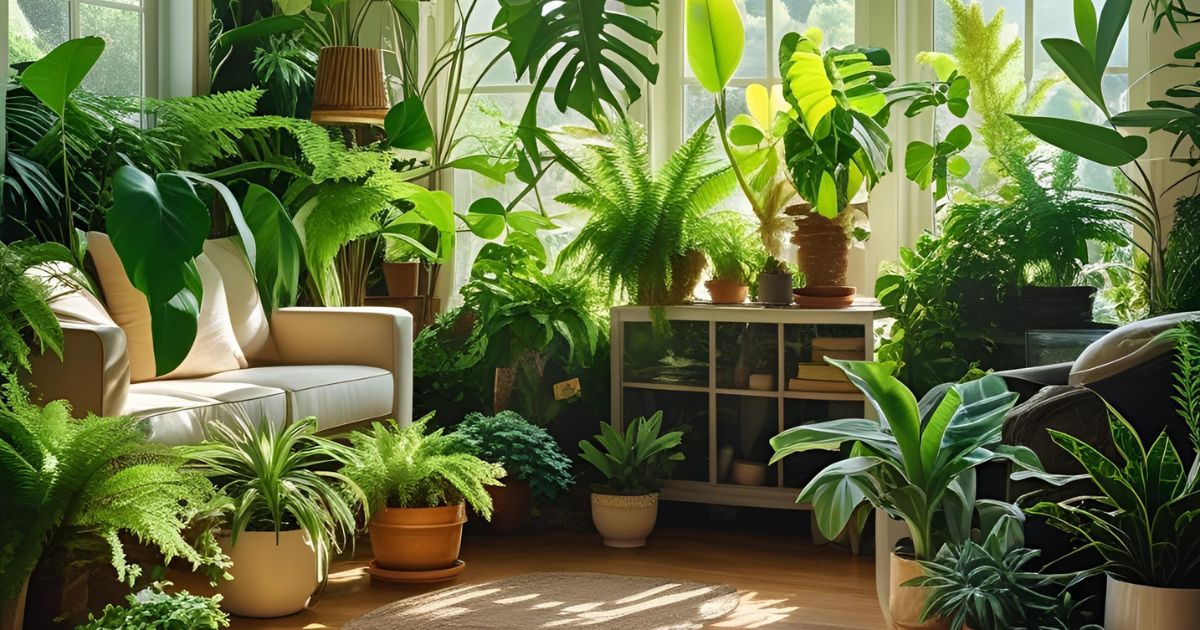Bringing nature indoors is more than just a passing trend—it’s a proven way to boost well-being, improve air quality, and create a stylish, inviting atmosphere. Whether you’re decorating a cozy apartment or a spacious home, incorporating plants into your interior design can dramatically elevate the space. Here’s how to use greenery to enhance your home’s aesthetic and ambiance.
1. The Benefits of Indoor Plants
Before diving into design tips, it’s worth understanding why houseplants are such powerful design elements:
- Improved air quality: Many common houseplants filter harmful toxins from the air.
- Boosted mood and productivity: Studies show that greenery can reduce stress and increase concentration.
- Natural decor: Plants add texture, color, and life to even the most neutral spaces.
2. Choose the Right Plants for Your Space
Different plants thrive in different environments. Take into account the lighting, humidity, and temperature of each room when selecting your greenery.
Low-Light Spaces:
- Snake Plant (Sansevieria)
- ZZ Plant
- Pothos
Bright, Sunny Rooms:
- Fiddle Leaf Fig
- Aloe Vera
- Rubber Plant
High-Humidity Areas (e.g., bathrooms):
- Ferns
- Peace Lily
- Bamboo
3. Use Plants as Design Elements
Plants aren’t just accessories—they can be focal points. Think of them as living pieces of art that bring balance and beauty to a room.
Styling ideas:
- Statement plants: Large potted trees like the Monstera or Bird of Paradise make dramatic design statements.
- Hanging plants: Add vertical interest with trailing plants like String of Pearls or English Ivy.
- Plant shelves: Create a tiered look by mixing different plant sizes and pots on shelves.
- Terrariums and small arrangements: Perfect for desktops, coffee tables, or window sills.
4. Mix and Match Planters
Your choice of pot can enhance your interior style as much as the plant itself. Consider your existing decor when choosing planters.
- Modern: Sleek ceramics in black, white, or metallic finishes
- Bohemian: Woven baskets, macramé hangers, and textured pottery
- Minimalist: Simple, neutral-toned planters in geometric shapes
Planter stands, plant stools, and wall mounts can also add visual height and variation to your display.
5. Create Plant Zones
Strategically place plants to define spaces or create natural transitions between rooms. For example:
- Use a tall plant as a soft room divider
- Place a row of smaller plants on a windowsill or ledge to draw the eye
- Frame furniture pieces (like sofas or entryway tables) with matching potted plants on either side
6. Maintenance Matters
Nothing ruins the look of a plant-filled room like drooping or browning leaves. Know the needs of your plants and set a regular care routine. Keep it simple if you’re a beginner—many beautiful plants are low-maintenance and forgiving.
Quick tips:
- Water only when needed (avoid overwatering!)
- Dust leaves occasionally to keep them healthy and shiny
- Rotate plants for even growth
Final Thoughts
Plants have the unique ability to transform a space into something vibrant, serene, and deeply personal. By choosing the right varieties and styling them with intention, you can turn your home into a green sanctuary that’s as functional as it is beautiful.
Whether you’re adding a single succulent to your desk or building a lush indoor jungle, using plants to enhance your interior space is always a good idea—and a rewarding one.

